How country and western songs can help you write your novel
From time to time an author will email us and ask, ‘How long should my novel be?’ Usually, they feel that they haven’t written enough and want to know how many more words they should add. But word count isn’t what you should be aiming for.
The most important thing about your novel is that it tells a story. And you can tell a really effective story in as little as six words. Here’s a really sad one:
For sale: baby shoes, never worn [1]
Pretty effective, huh?
But let’s go a little longer – you’d probably like more than one page in your book, right? Here are some country and western songs which are really effective at setting a scene, creating a mood, depicting characters and telling a story:
High Noon in Kilville by Angry Johnny and the Killbillies
This song has drama, violence and romance all rolled into one, played out with clearly defined, believable characters. The story is told, all done and dusted, in about six and half minutes:
The Guitar by Guy Clark
If this song doesn’t give you goosebumps, you’ve got no soul. Aside from the incredible guitar work by the late Guy Clark, the lyrics reveal a clean, linear story which has a wonderfully punchy ending. There’s also a spooky ‘feel’ to this one – rather than the violence and romance of High Noon, this one is almost a ghost story and it takes just shy of four minutes to tell.
Sad Song Teddy Bear by Red Sovine
If you want to really move your readers, this is the song to help illustrate how to do that. Again, believable characters, a great narrator, and a wonderful, uplifting ending – all in five minutes.
As you can see (or hear), each song told its story in a very short space of time, yet the longest took 50% more time than the shortest to tell. So each song, each story, was only as long as it needed to be.
So how does that equate to your novel? Well, it should probably be a little longer than a six-minute read. 😀 But don’t go writing words for the sake of it.
Does it have to be a novel?
If your story comes in around the 30-40,000 word mark, you can call it a novella and market it accordingly. And as a novella, you can charge less for the ebook, which will encourage more people to buy it. If it’s a hit, you can increase your ebook price $1 and see what happens. If it’s still a hit, increase by a $1 again. But remember, it’s better to sell 100 ebooks at $1 each than 10 ebooks at $10 each – more readers = more (hopefully positive) reviews = more sales. And then they’ll be queuing up to buy your next publication!
Genre plays a part
Length will also depend on genre. For instance, fantasy novels are generally expected to be longer than, say, young adult or humour. A fantasy novel could be expected to have more drama and a more convoluted plot-line, thus requiring more words to tell all the inter-woven stories of the characters and their various (and sometimes nefarious!) worlds. Compare that with a romance which wouldn’t have as many characters or such detailed worlds, and so wouldn’t usually require as many words. So if you’re writing a romance, you don’t need to be aiming at 100,000 words – not unless your story spans generations, say. But a fantasy reader would likely expect something up around the 100,000 word mark.
I know it’s an old, sexist saying, but in writing, the main thing isn’t length, but quality. To ensure your quality and an appropriate length, here are some questions you can ask yourself:
- What main genre are you writing in? E.g. young adult, humour, romance, adventure, fantasy? Research books in your genre for a guide as to the usual length – but don’t feel bound to it if you need to write more or your story is punchier with less.
- Does your story have a beginning, a middle and an end? Even if the book starts with a passage from later in the story, or the timeline jumps around, the story itself still needs to start somewhere, finish somewhere and help the reader travel from one plot point to the next. If you can’t see the trajectory of your story, your plotline, then you might need to write some more, and/or possibly cut some, to make it clear.
- Does your story have characters with individual and family/genetic personality or physical traits? They can be likable, unlikeable, honourable, weak, courageous, cowardly – pick a character trait – or more! But they must be people the reader can have some sort of feeling about, form some sort of opinion about, a connection with or a dislike for, and you’ll need at least a couple of characters in there that the reader will care about enough to find out what’s gong to happen to them. If your characters are all a bit bland, you might need to give them a bit of, well, character!
- Do your characters have to face challenges or intrigue as they go through the story? They may not beat the challenges they face, but they have to be presented with something that makes the reader turn the page to find out what happens. And whether they win or fail, it needs to move the story line along, and also help them become more self-aware, otherwise you can cut it out.
- Finally – look at your story and see if you can retell it as a country and western song. If you can do that and it stands strong, then you know your bones – your plotline and characters – are all good!
So, how long should your novel be? The short answer is that your novel should really only be as long as it needs to be. The most important thing is to create a well-written story for your reader to enjoy.
[1] This has been attributed to Ernest Hemingway, but no one knows for sure. For more, see https://en.wikipedia.org/wiki/For_sale:_baby_shoes,_never_worn



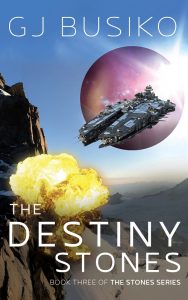
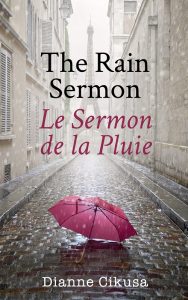
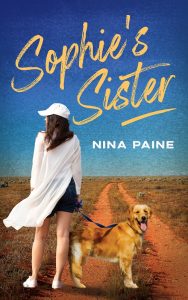
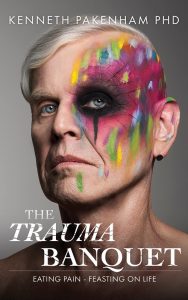
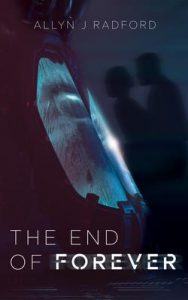
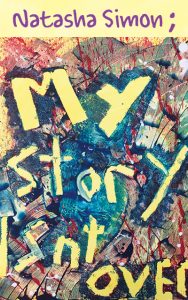
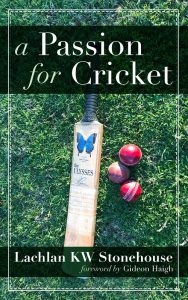

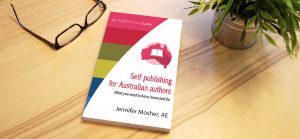
Recent Comments